
One of our goals has been to send out emails as we have items available from the farm. This is the first edition of that notice. Currently we have available:
- elderberries
- garlic (very limited supply)
- raw honey from the farm in Bennett (yes, it is back – we sold out last year’s supply)
- raw honey from Troublesome Gap
- comfrey
You can place your order our store. You can go to the store directly at https://www.simplyusfarm.com/shop/ or click on the store icon (circled in red below). Any of the produce will need to be picked up locally. We do porch pickups in Sanford.

Freeze Drying Comfrey
We freeze dried our first batch of comfrey and stored the test batch in a vacuum sealed canning jar with an oxygen absorber. The freeze dried comfrey was easy to turn into a sorta powdery consistency after the freeze drying completed. The comfrey freeze dried fairly quickly. The entire run fit in a single wide mouth mason jar after we crunched up the leaves and stem. I’ll call it a success.
Next step is to make a salve.
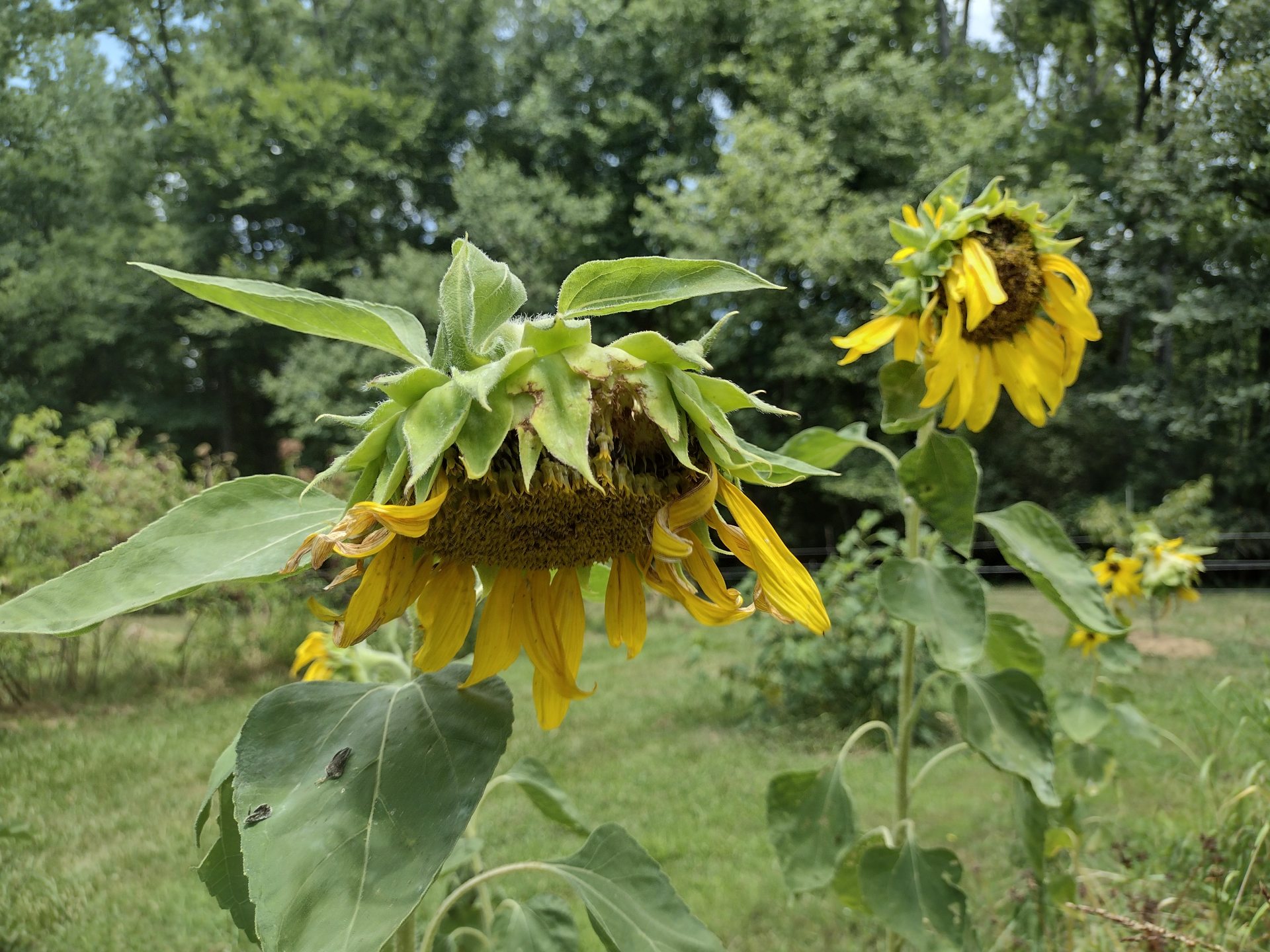








































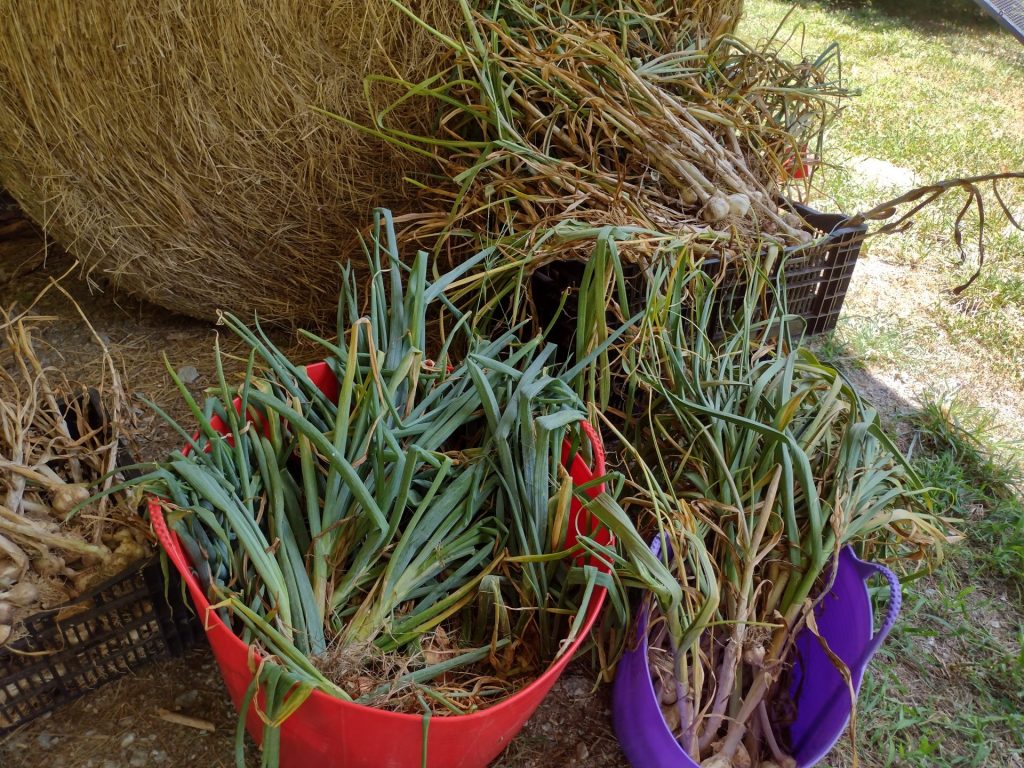















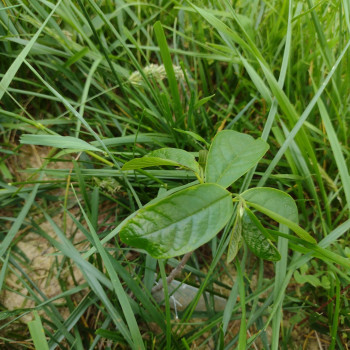
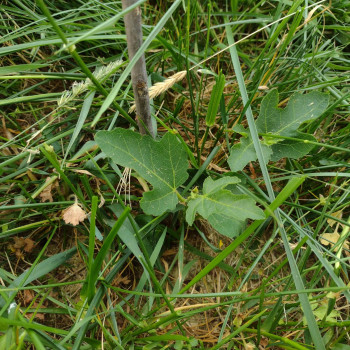



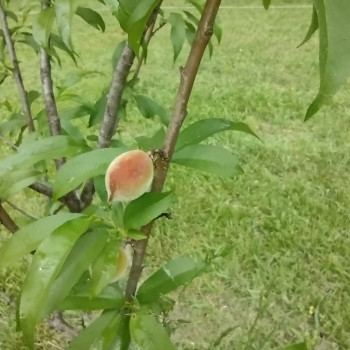


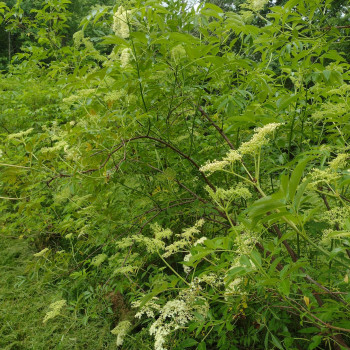
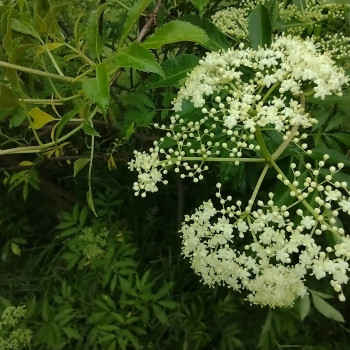













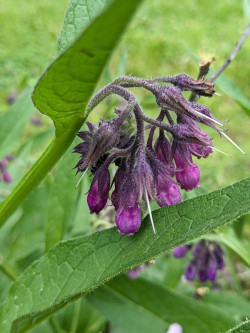

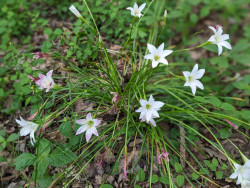
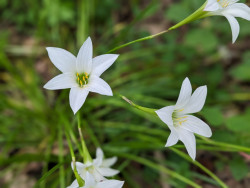
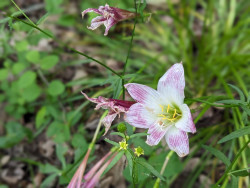
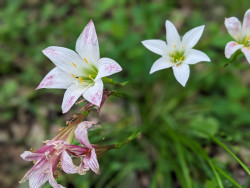

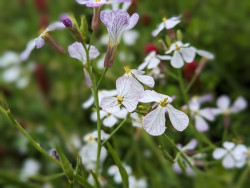




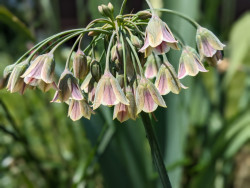
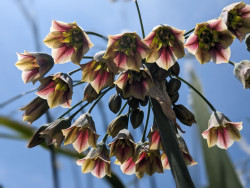

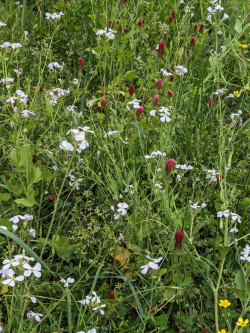


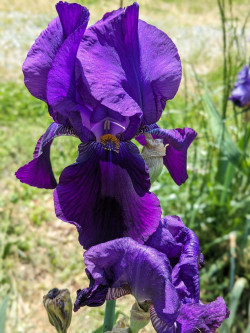



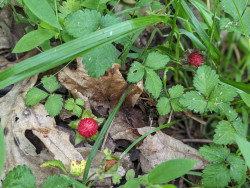

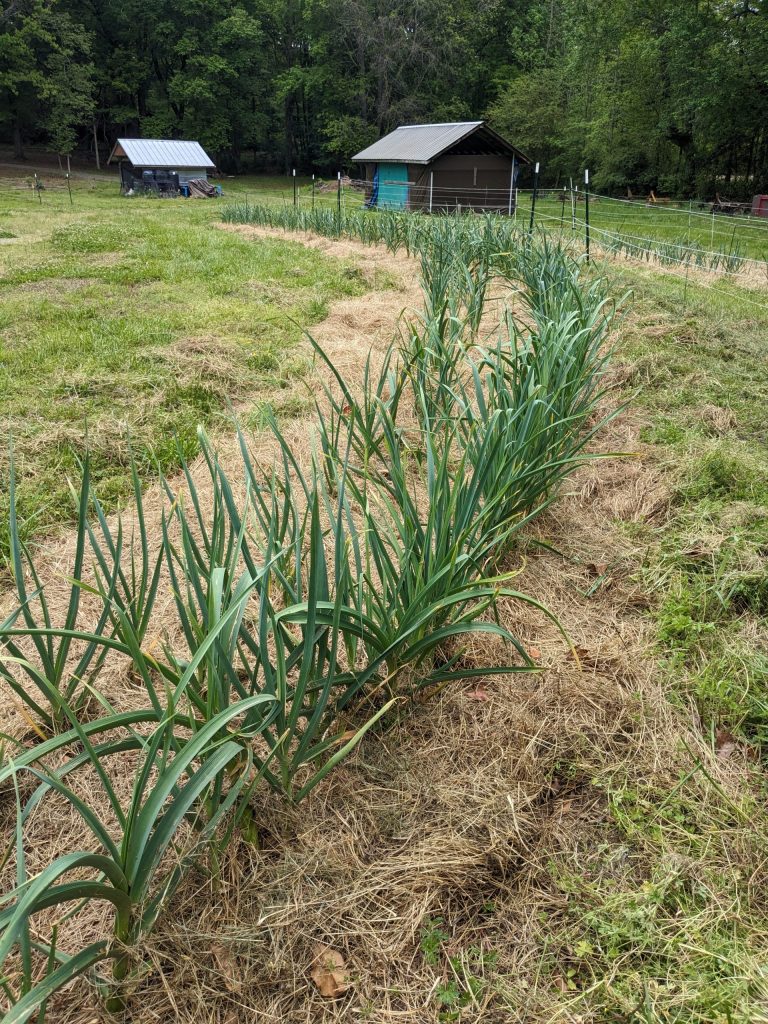



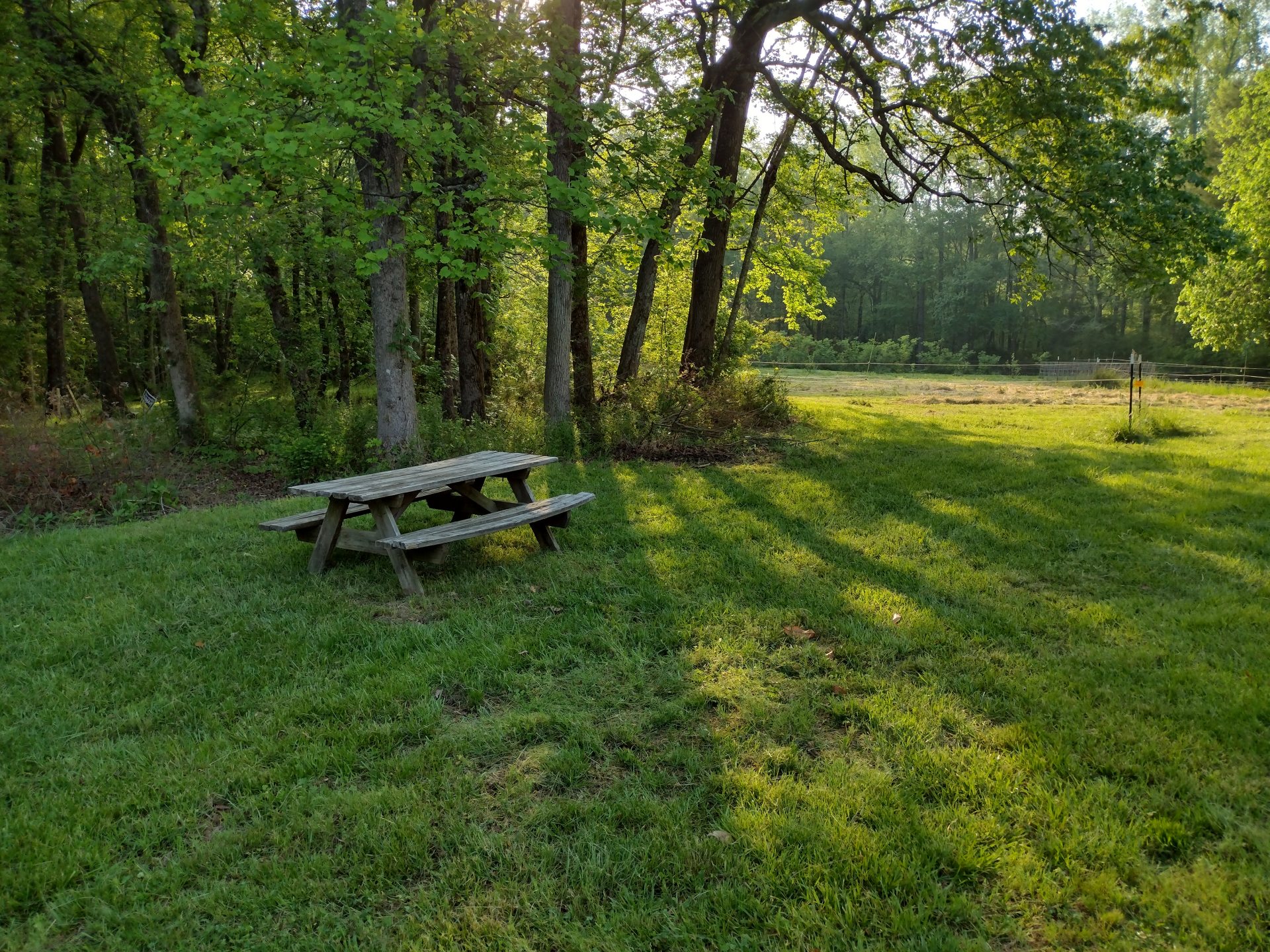

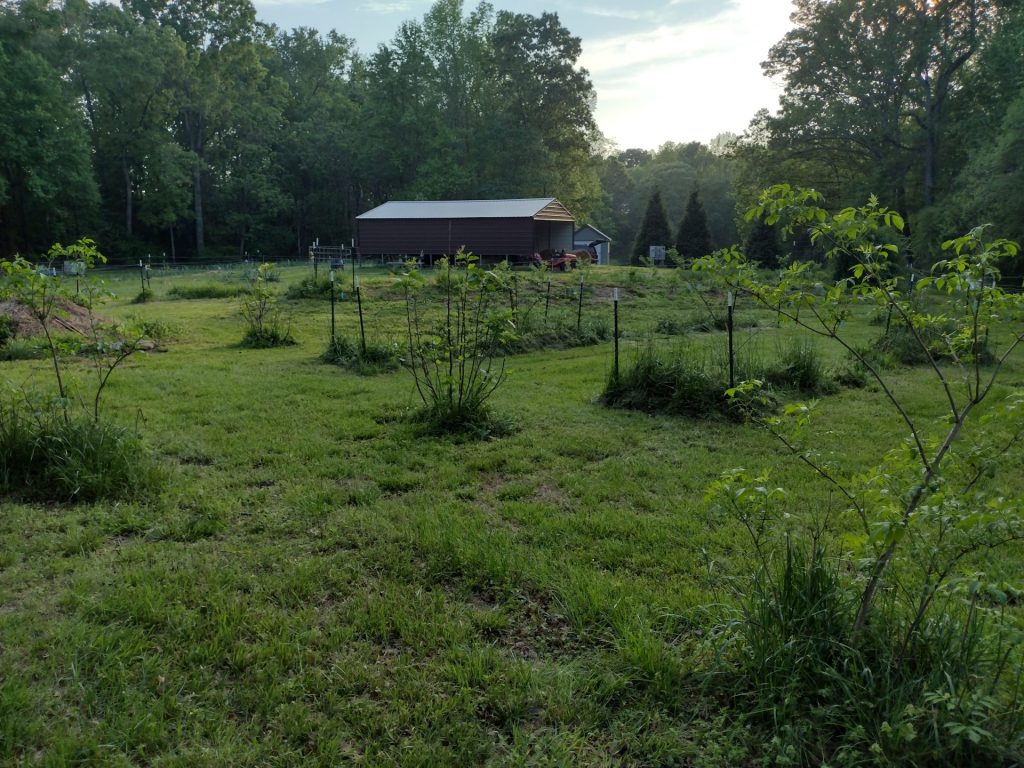



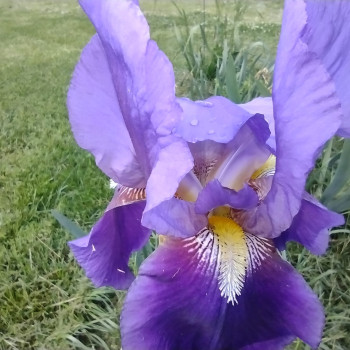
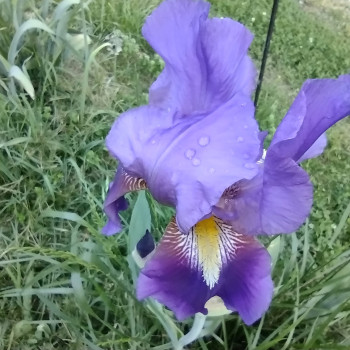


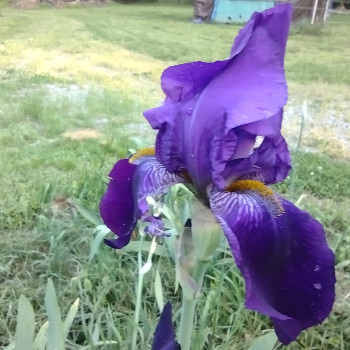




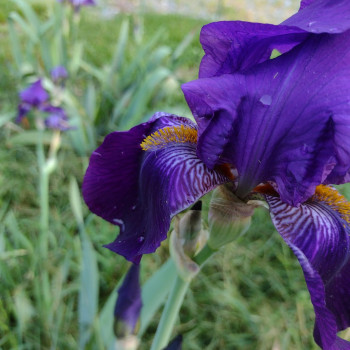


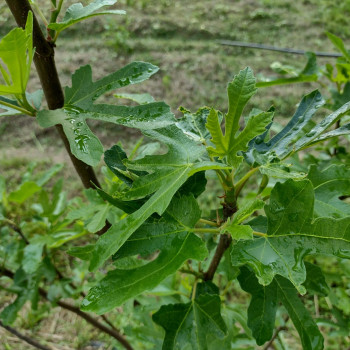


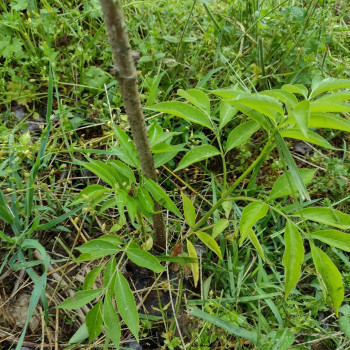






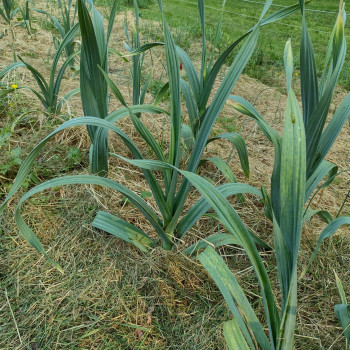


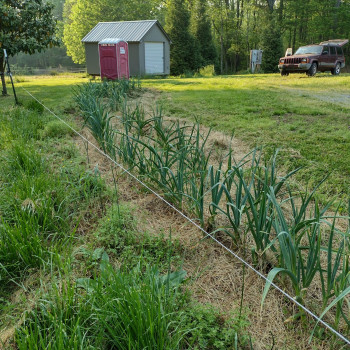

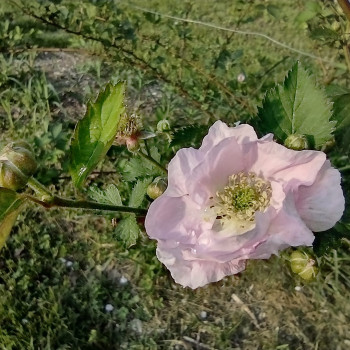


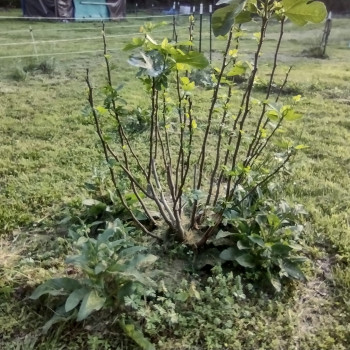


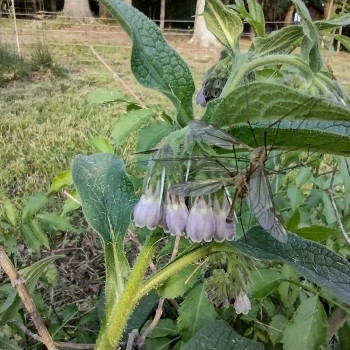



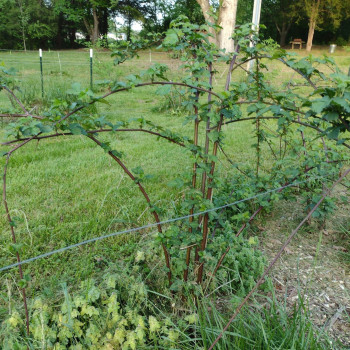





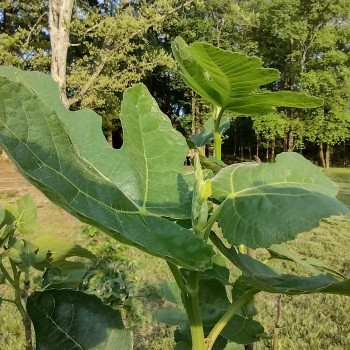

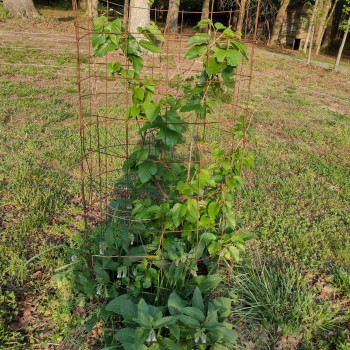
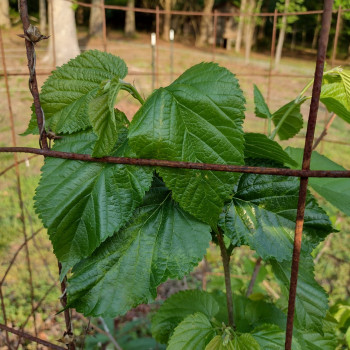




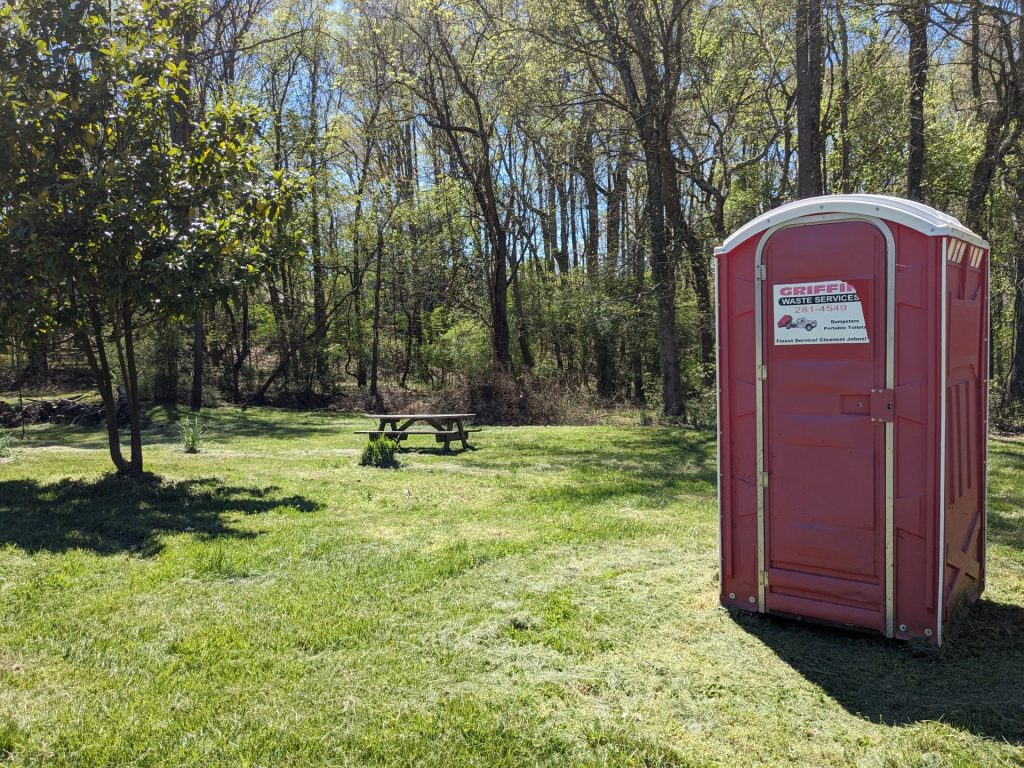


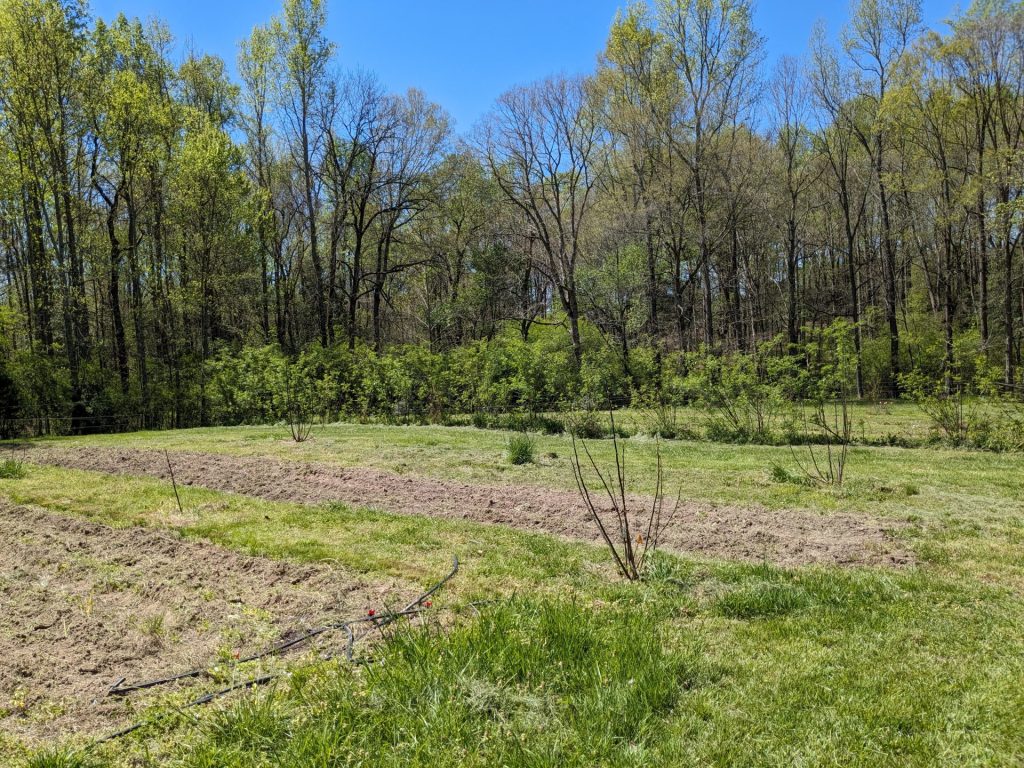


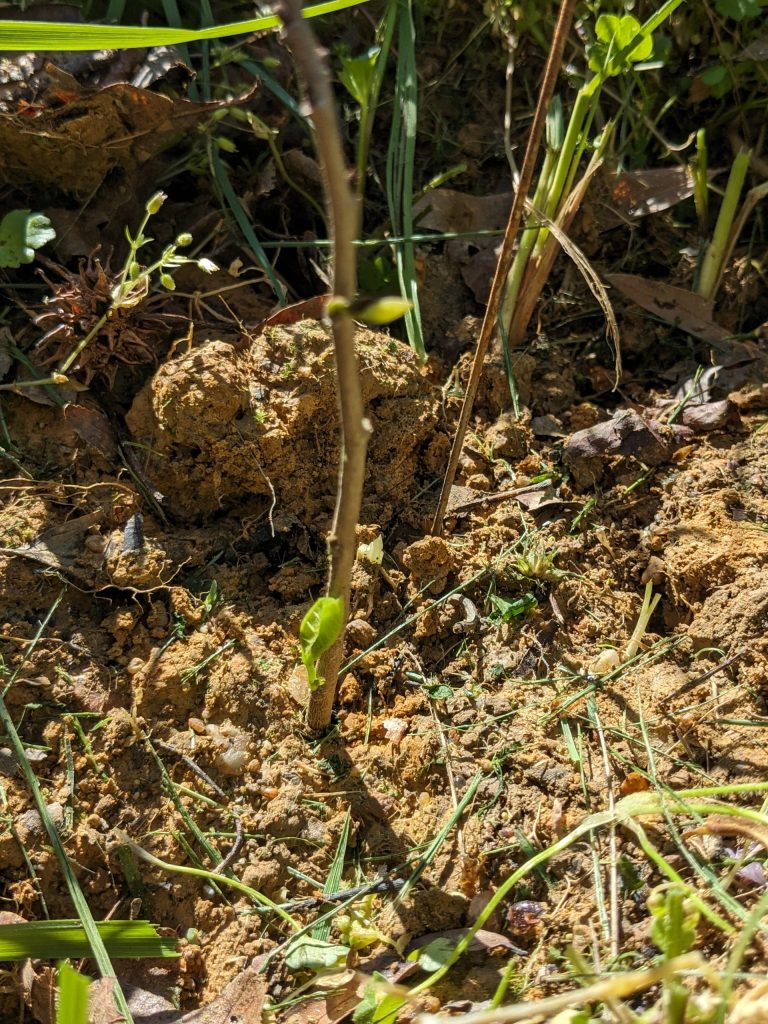
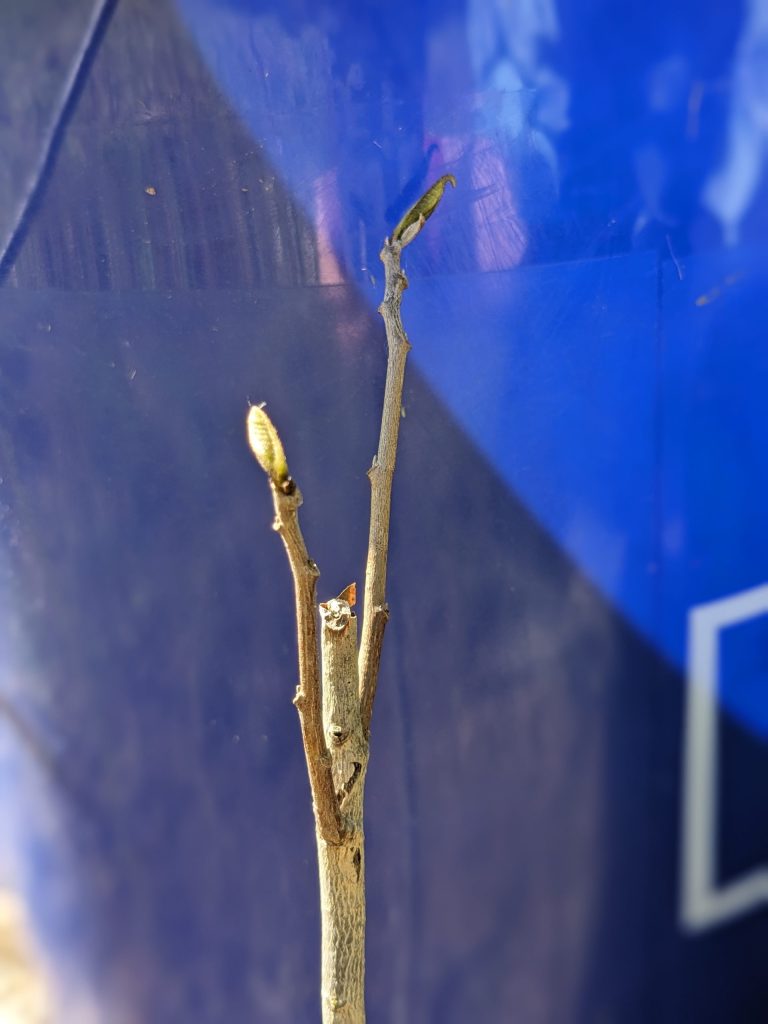



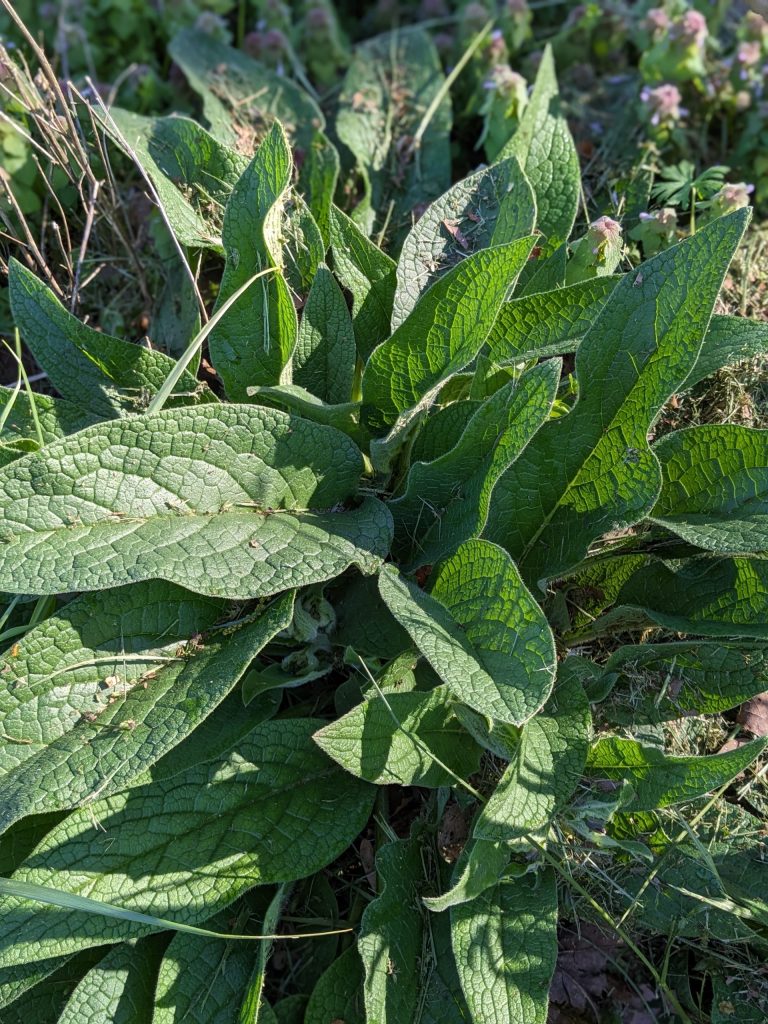
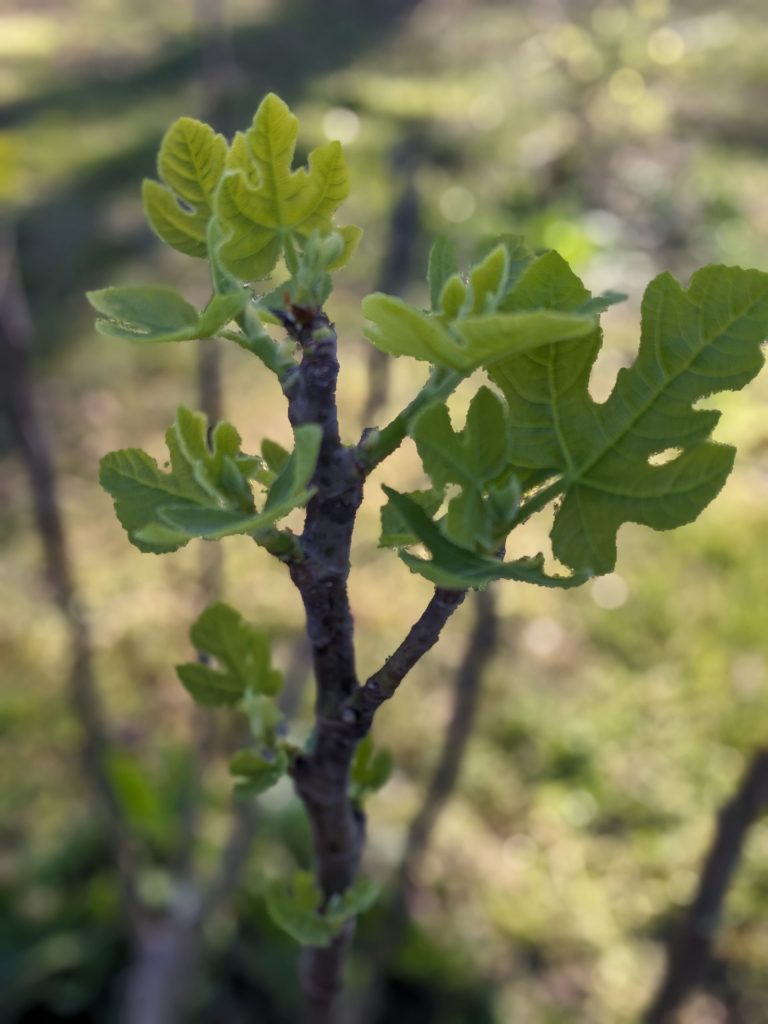
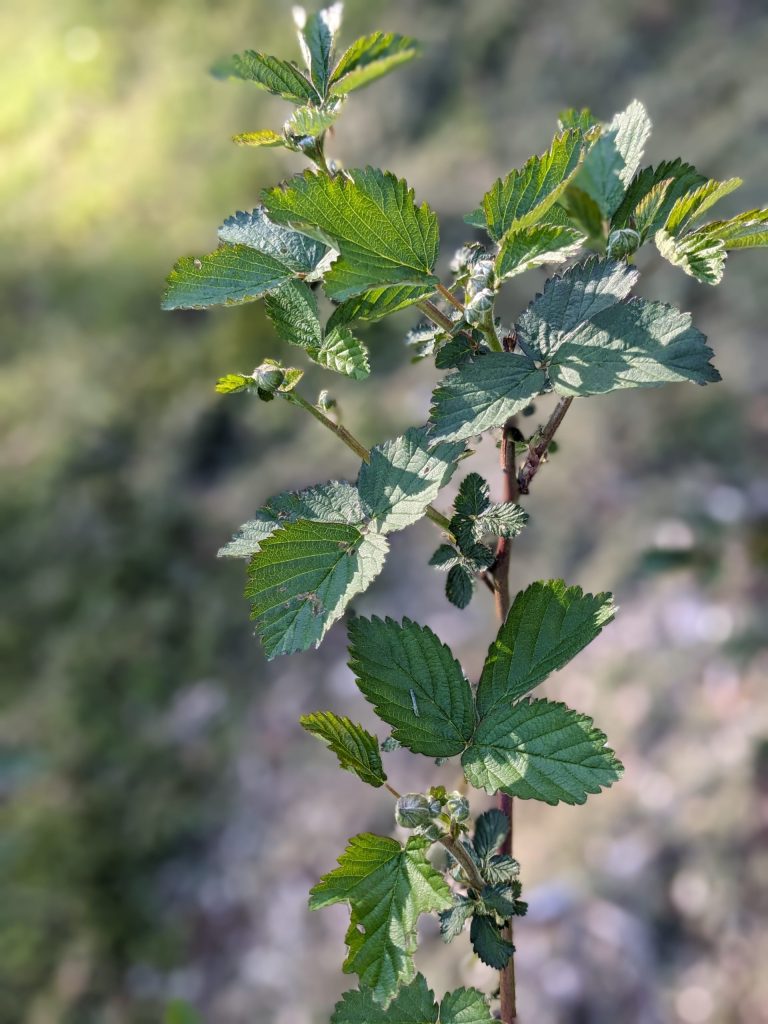




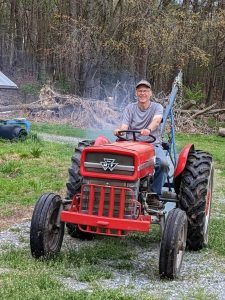 I’m a mechanical engineer turned weekend farmer, so I’m just smart enough to know that there is a lot that I don’t know especially when it comes to farming, permaculture and food forests. I’ve been heavily influenced in my love of farming and permaculture by my Mom and Dad and also by people like
I’m a mechanical engineer turned weekend farmer, so I’m just smart enough to know that there is a lot that I don’t know especially when it comes to farming, permaculture and food forests. I’ve been heavily influenced in my love of farming and permaculture by my Mom and Dad and also by people like  Connie has her certificate in Sustainable Agriculture from CCCC. She really enjoyed the classes at the community college and learned a lot. The program was a mixture of classes and work on the school farm. What she learned has really added to our technical proficiency on the farm.
Connie has her certificate in Sustainable Agriculture from CCCC. She really enjoyed the classes at the community college and learned a lot. The program was a mixture of classes and work on the school farm. What she learned has really added to our technical proficiency on the farm.